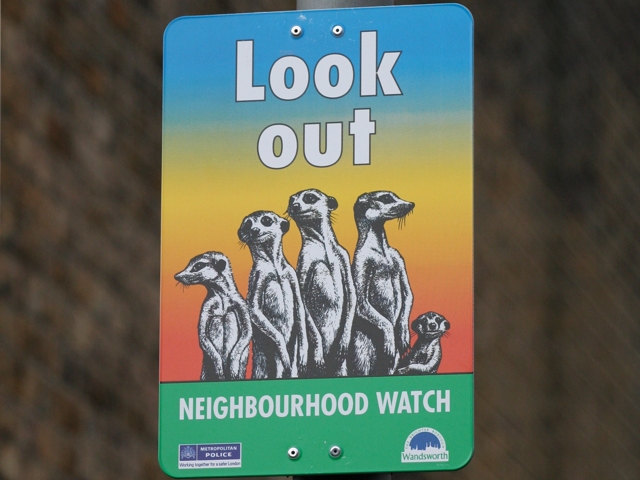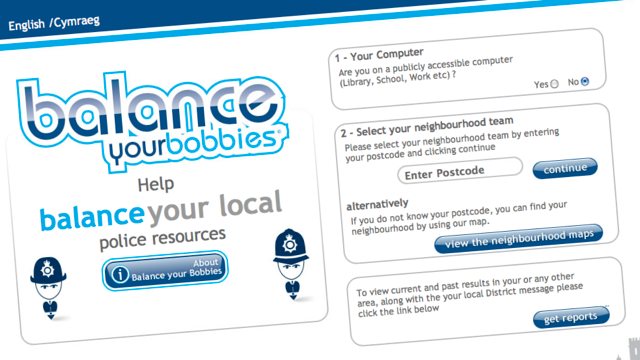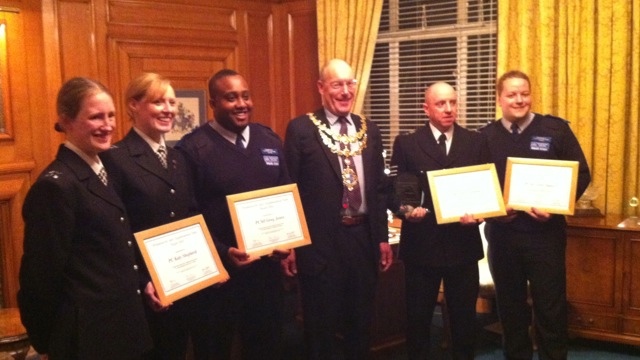I went along to the ‘launch’ of the Wandsworth Domestic Violence Strategy and Action Plan this morning. I was down as the closing speaker, and while I had been given a few notes by officers to guide me I ended up ignoring them. The session was thought-provoking, challenging and inspirational in equal measure – and left me at the end using my session to make a few observations and share my reflections. It was a good turnout at the event, I guess a couple of hundred where there, and they were kind enough to indulge me. And I’m lucky enough to have a blog so I’m going to repeat them here too!
Ignorance
My first observation was my total ignorance about the subject. I was lucky enough to grow up in an environment without domestic violence. As far as I’m aware it did not impinge on my life at all, and while I’m sure it happened, it never happened anywhere that I saw any evidence.
I think the first time I saw it as a problem and not a rarity was in 2000. As a parliamentary candidate I spent the evening on patrol with the police, and being quite gung-ho I decided to spend the Saturday evening shift with them; I expected to spend the evening visiting pubs and clubs, seeing the aftermath of fights and the police having to wade in.
I actually spent the evening going from house to house while the police dealt with domestic violence (the exception being a quick visit to check someone was abiding by bail conditions at the beginning of their shift). I might well have seen the after effects of the alcohol drunk, or the arguments started, in those pubs and clubs – but the violence took place in homes, not streets and bars.
And this, I was told, was fairly typical. Not only did they spend their Saturdays dealing with domestic violence, they spent a lot of them at the same homes.
The statistics
One of the statistics shocked me: 1 in 4 women will experience domestic violence at some stage in their lives. An easy thought experiment is to apply that to my life. I have a wife, sister and two sisters-in-law. Four women.
A more sobering thought is that between them they have four husbands, one of them being me.
Using the one-in-four statistic would suggest that one is likely have perpetrated, and another suffered, domestic violence.
Of course, statistics don’t work that way, I can’t cherry pick four women and assume with any confidence one has experienced domestic violence. But then you start thinking.
Think about all the people in your life – family, friends, colleagues, neighbours, the people you meet on holiday, or at your local.
Think about all the relationships you know, from the married couples to co-habitees, heterosexual or same-sex, whether formalised by a ceremony or joint names on a gas bill.
For most of us the list will include dozens, if not hundreds, of people and then, statistically, it becomes highly improbable that you don’t know someone who has survived or perpetrated domestic violence.
This isn’t something that happens to ‘other people’.
My role… and our role
Before I went this morning I had some difficulty trying to think what I would say. It’s hard being the politician in a room full of practitioners. I can talk about the priority we place on an issue. And I did talk with some pride that the council’s domestic violence co-ordinator will soon be part of the council’s community safety team, meaning I will be the political champion for it. But it occurred to me that I’m not just the politician, I’m also one of the practitioners.
I hesitated to raise it, but this is somewhere the Big Society has a role to play. I’m conscious I might be adopting a ‘hammer mentality’ (when all you have is a hammer, every problem becomes a nail), but this is one of those areas that needs a collective responsibility. It isn’t just for the council to give housing to domestic violence survivors, or just for the police to prosecute the perpetrators, nor for Victim Support to offer and co-ordinate services.
Instead it’s incumbent on everyone not to be ignorant of a problem, not to think it happens to ‘other people’. And it’s for everyone to know there are solutions to the problem.
It’s an example of the Big Society being a civic society, which doesn’t tolerate domestic violence. I don’t expect everyone to carry the details of the one-stop shop in their head, or know about the Stay Put, Stay Safe scheme. But the more people who know about the problem, and who know that there are options available to those suffering as a result, the more the message spreads. And that can only lead to more escaping the violence and more perpetrators being brought to justice.





